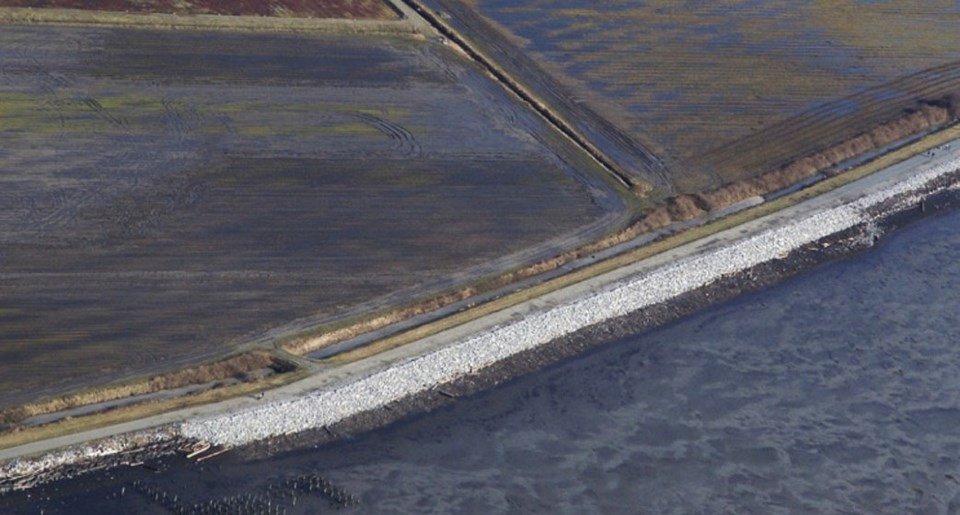Last week there was a story published online in the Optimist that reflected on the findings of yet another climate change flooding scenario.
In this one, Vancouver was listed as one of 36 cities around the globe that would be impacted by major flooding should global temperatures rise by 3 degrees Celsius in 80 years.
This past Monday, the United Nations’ Intergovernmental Panel on Climate Change (IPCC) produced an equally alarming report in which food production was tabled into the equation. It is noted in the IPCC report that there could be “chronic water scarcity” in the future and that “water shortages will put enormous pressure on food production and increase the world’s already dire food-security challenges.”
Too much of it or not enough of it, salt or fresh water are critical components within the climate change equation.
Climate based finance seems to be directed to mitigation measures rather than adaptation strategies.
In the case of British Columbia, last week’s budget had no specific mention of dike construction or maintenance. There was money allocated to repair damage from the flooding last fall and the government is going to create a year round wildfire service team that could also assist with flooding and other climate related outcomes.
Separate from emergency disaster response, more money has apparently been earmarked for climate change preparedness and adaptation. A formal plan to that effect was only completed last June and is still in draft form.
A “Lower Mainland Dike Assessment Final Report” that was submitted to the Ministry of Forests, Land And Natural Resource Operations in 2015 highlights some troubling information within its executive summary.
The report analyses 74 dikes in the region and broke those main dikes into 118 dike segments. These dikes have been built over a period of several decades to variable standards.
Within these segments it was found that 13 per cent of them had fair to good integrity, a whopping 69 per cent of the segments were in the poor to fair category and 18 per cent were unacceptable to poor. These numbers are not overly confidence inspiring, that is for sure.
In the report, the diking system in Abbotsford was deemed to be “substandard and needed to be updated.” That was six years ago.
The Province sets the standards for dike safety, but local communities are responsible for the cost of maintenance and repairs which by nature are prohibitively expensive.
I can certainly understand how governments feel hesitant to pull the trigger on such enormous expenditures, but waiting and hoping is probably not the best adaptation strategy to follow.
It would seem that the there is way too much finger pointing and posturing amongst levels of government. The sooner government, and perhaps industry, can engage in a process of collaboration, the better off we will all be.




